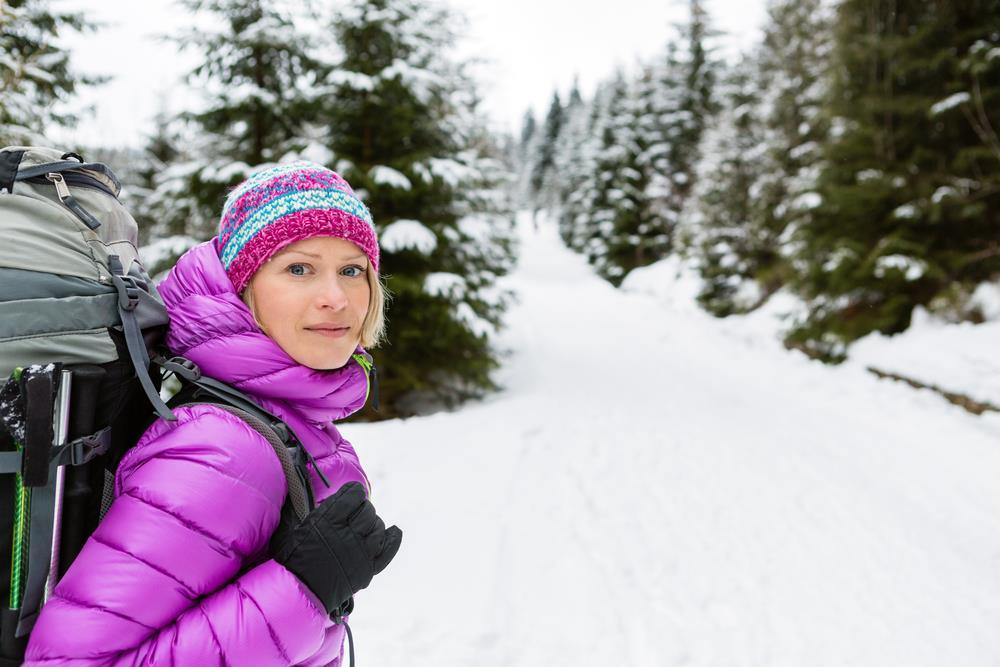
Treasure Hunt – Map reading
This game is ideal for younger children who are new to map reading. It will help to familiarize your kids with maps and how they work while having fun using all the clues to find the treasure. You can adapt this for older children by extending the play area and making the clues and locations harder to locate.
You will learn to orientate a map and to recognize basic map symbols
What you need:
Map (Ordnance Survey or Trails illustrated are best but you can use others if they are detailed enough). For the very young, or if you are playing this game in a small area such as your garden, this can be simplified by drawing your own map of a small area (such as your garden). You will need to take care that you keep the map accurate and easy to read. Don’t try and put too much information but make sure that there is enough to make the map recognizable.
Also Read : https://adventuregearslab.com/top-10-best-baby-carrier-for-hiking/
Aim of the game:
Using the clues and a map of the play area, identify the next location on the treasure trail. Each clue will lead you to the next until you reach the final location and the treasure. Identify landmarks on the map and match them to the landscape to determine which direction you will set off in.
Find all of the clues to win the game.
Preparation:
Find a suitable area of country side for this game. The area that you choose should reflect the age and ability of the children involved. For smaller children, keep the area small. Space out a little more for older children.
Identify about 10 features on the map that the kids will be able to find. Try to use things that stand out and that are not easily confused with other map symbols.
Good examples of features are:
bridges
styles
walls/fences (intersections or corners are easiest to identify)
caves (do not allow your children to enter caves unless you are sure they are safe)
cliffs (tops of cliffs are best avoided for safety, but they can be useful landmarks for orientation)
peaks
trail intersections
woods/forests
water falls (make sure that your children are supervised when near water)
lakes
picnic areas (an ideal final spot – to share a picnic)
Decide which is your starting feature.
Cut out 10 Clue-cards. These Clue-cards need to be big enough to be seen but not too big that they stand out from a distance (brightly colored paper or card works very well). When writing out your clues try to reference the map as much as possible. For older children you may want to use grid references. When they have found the next clue, but before they head off for the next, check their logic and direction of travel. Ask them how they reached their answer and what they might need to take care with along their journey to the next clue. There may be water, marsh, rocks or other natural obstacles along the way. Having an awareness of these will help them as they progress through their hiking skills.
The next stage can get a little tricky because if you get the clues out of sequence then it will cause confusion during the game. For each of the remaining Clue-cards write the clues to find one of the locations.
Write out your first clue. This will be given to the children at the beginning of the game and will lead them to the first location.
Write out your second clue and hide it in the first location. This clue will direct the kids to the second location.
Write out the third clue and hide it in the second location.
Repeat for all 10 Locations.
At the final location, you need to hide the treasure. This could be a sweet treat, a picnic lunch or something else that they can share out among themselves.
Keep the area quite small because the map work may take up more time than you think. As your child gets used to using the map you can extend the area of play. Also, you may not be comfortable with your child licing your line of sight. If this is the case then you should either consider this when planning your play area or follow them during the game.
Why not:
Choose a picnic spot for the final treasure – pack a lunch and this will be a nice ending where you can talk about the game.
As the children get more experienced at this game why not increase the area that the game takes place in. Always consider the age of the children and the terrain that they will be playing in when you plan out your game.

